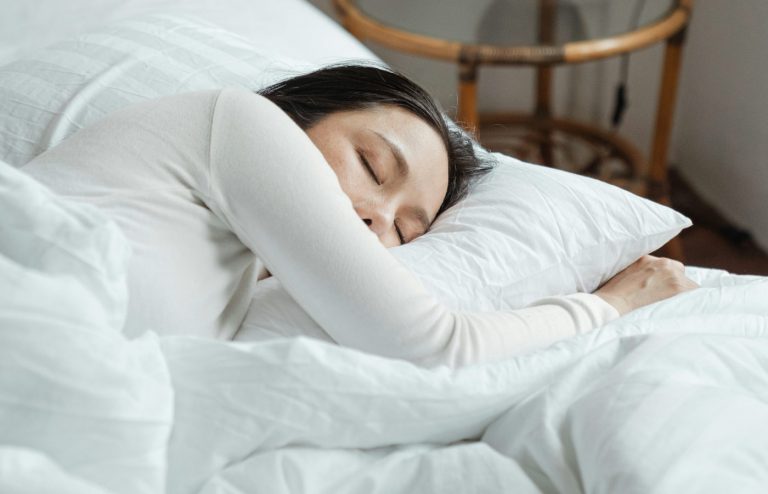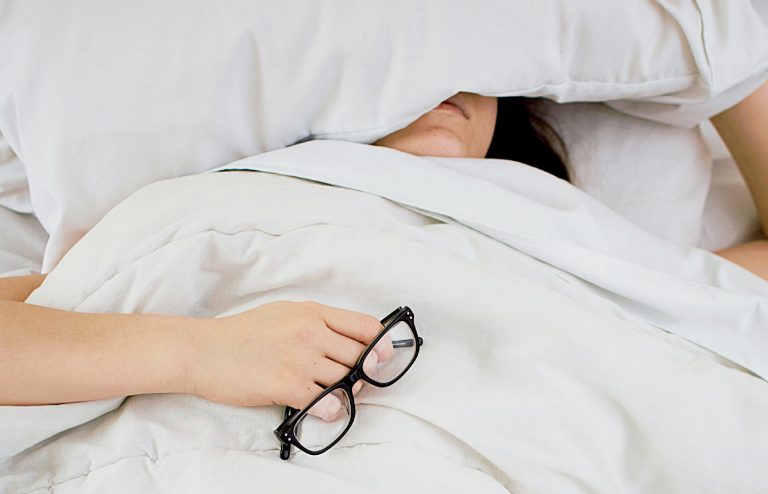Last updated on August 3rd, 2020
Is your idea of a workout one that could be classified as an extreme sport, aimed predominantly at raising your heart rate? Do you only consider your exercise ‘done’ for the day if the activity tracker on your smartwatch reaches a certain number? Do you think that to have exercised sufficiently, you need to be soaked with sweat and ready to collapse with fatigue?
There are three pillars to my work – the nutritional, biochemical and emotional. I am not an expert in exercise physiology, yet I am asked about it regularly – and because exercise has a relationship with all three pillars, I have sought out a deeper understanding of the way movement impacts each of them. I am also curious about what people want exercise to give them. I find often, that people haven’t thought about it beyond a weight management strategy or a method to affect the way they look. However, movement is the way we build strength, flexibility and can support our blood glucose, cardiovascular, lymphatic and energy systems. Without these being in good shape, our quality of life – even our independence – can be negated.
I have seen many women over the years who force themselves to exercise to the point of exhaustion because it’s something that they think they must do to lose or maintain weight. These women often continue to push themselves to do incredibly high-intensity forms of exercise, even when it leaves them feeling completely depleted afterwards. If this resonates with you, you might be interested to know that exercise (or ‘movement’ as I prefer to refer to it) does not necessarily have to look like this to best serve your health, and could actually be detracting from your wellness goals.
Of course, there are no set rules when it comes to exercise. The type and amount of movement that supports your body will be different from those that suit someone else – and can also change across varying stages of your life. If you are someone who loves running or going to a really high-intensity group fitness class, and you feel great doing so – by all means, continue! It’s important to know though, that ensuring you are eating plenty of antioxidant-rich foods (found primarily in coloured fruits and vegetables) is crucial, as you produce more free radicals when you move this way – free radicals are only damaging when their levels far exceed those of antioxidants.
It’s also a good idea to contemplate what you are aiming to achieve from these types of exercise – is it improved circulation and cardiovascular health? If so – good for you! If, however, exercising frequently at this very high intensity is something that you do because you think you have to, to lose weight or achieve optimal health, it’s important to know that sometimes this can lead to injury, burn-out, imbalances in sex hormones, or all of the above.

Regular movement is indisputably fantastic for our health. From a decreased risk of developing chronic diseases such as cancer, cardiovascular disease and type 2 diabetes, to alleviating a depressed mood and anxious feelings, better sleep, increased bone density for strong bones and prevention of osteoporosis, improved concentration and cognition, the list goes on. Movement is essential for great health and longevity, and many people certainly would benefit from moving more.
To help guide you with deciding on what type of movement truly supports your body, I encourage you to think about what you want from it. Ideally, you want a functional body that allows you to move through your day with ease. This means having the energy and robustness to do everything you want and need to do – play the sport you love, carry or play with your children or grandchildren, cook dinner from scratch each night or work in the garden. Perhaps flexibility needs to be your focus, allowing you to bend and twist – can you imagine if your body became so rigid you could no longer reach down and tie your shoelaces? After any form of movement, we want to feel uplifted and full of vitality, rather than worn out and depleted.
The definition of movement is just as it sounds – the act of moving. This doesn’t necessarily mean at a high intensity or for very long periods, it just means moving your body – in whatever way feels good for you. But the word ‘movement’ can help you to consider what your whole day looks like, as opposed to thinking about ‘exercise’. You might do an hour of exercise, four times a week. That’s wonderful. Yet what do you do for the other 164 hours in a week? How do you live? Other than sleeping, do you sit for most of those hours, or do you stand to work for some of them? The concept of movement helps you to live with more activity naturally built into your day. You might walk to the shops rather than driving, chase your dog around a park, choose the stairs instead of the lift, or take a conference call while walking outside, rather than sitting at your desk.
So, what feels good for you? It might be bouncing on a trampoline (‘rebounding’) which is excellent for your lymphatic system. Or, it might be going for a walk observing nature, reminding yourself of Her rhythms, that foster your sense of trust in life while moving your body at the same time. Perhaps it’s a game of tennis because it makes your brain work, as well as your body. If you love the movement you do, it won’t feel like an effort and you’ll be more likely to consistently engage in it.

It has become widely accepted that weight-bearing movement is vital for bone density, muscle strength, coordination and balance. This does not mean, however, that you need to hit the gym and lift weights—unless of course, that appeals to you (as it can be very good for your health)! Resistance and bodyweight exercise can certainly be done by incorporating some training with weights or through things like yoga and Pilates, but they can also be incorporated into your daily life by carrying your groceries or digging, carrying and lifting while working outside at home or gardening.
Resistance exercise is important for maintaining and building muscle mass, which helps to promote a higher metabolic rate and gives glucose more space for storage, which makes a difference to blood glucose management, insulin requirements and your ability to use body fat as a fuel. Pilates is a type of resistance training that uses body weight to strengthen core muscles that we rely on to support spinal health, good posture, and efficient movement patterns. Pilates is also a wonderful way to improve flexibility, increase circulation and improve muscle strength and tone by helping to build lean muscle mass.
More gentle forms of movement that are focused on the importance of breath are also a fantastic way to support your health. Yoga has myriad benefits, including increased flexibility and muscle strength. The breath-focused aspect of a yoga practice – particularly extending the length of the exhalation – helps to activate the parasympathetic nervous system. This can decrease our production of stress hormones and foster a health-giving basis of calm from which you can live that supports great sleep, hormone balance and fewer sugar cravings, among countless other benefits.
Tai chi (or qi-gong) is another breath-focused form of movement, sometimes described as “meditation in motion”, a low impact mind-body practice with growing evidence behind it in treating and preventing numerous health problems. If imagining these slow, breath-focused forms of movement lead you to grit your teeth in agitation, and you notice that you resist slowing down from your busy life, then it’s highly likely that you could really benefit from these types of movement!
There are so many different styles of movement to choose from, and it is important to find the type that feels good for your body. If the forms above don’t appeal, you might prefer swimming, or cycling, or dance classes – the key is to move your body regularly and look for ways to increase movement, rather than avoid it. Combining resistance training to build and maintain muscle with restorative practices focused on calming breathwork and flexibility can be a fantastic way to support your physical health, while also nurturing your nervous system and mental health. The benefits of regular movement are exceptional, and I encourage you to find types of movement that you enjoy and that truly serve you and your body.









